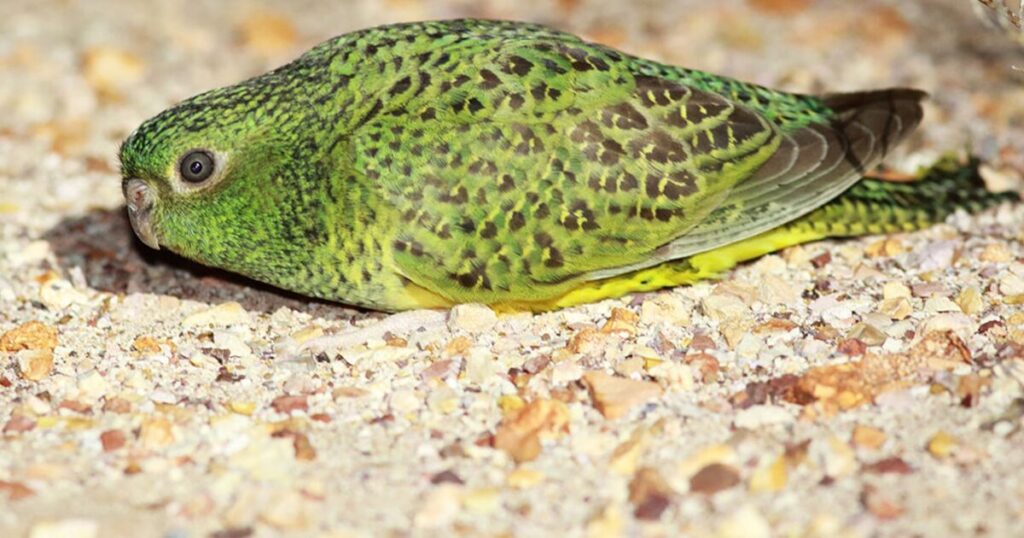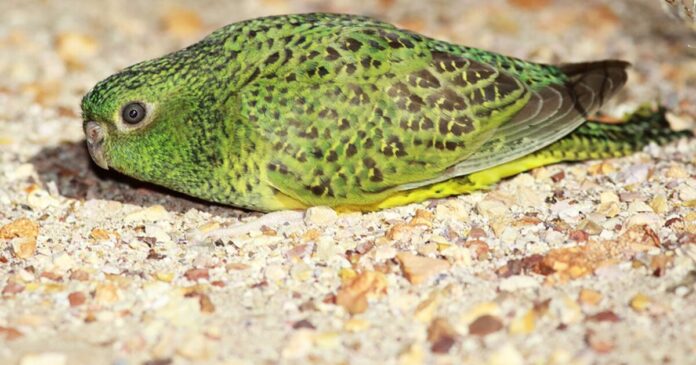
It can be hard to both monitor and protect rare bird breeds, especially if they have the tendency to be out and about mostly at nighttime like this particular breed, but experts think they’ve finally proven its existence. The night parrot is a small green-and-yellow-coloured species, officially known as Pezoporus occidentalis, that has not been seen in its native home of Australia for over 100 years.
However, bird enthusiasts set out on a mission in Ngururrpa Country to find out exactly where these parrots are living, what puts them at risk and how they can aid in keeping them alive. From 2020 to 2023, rangers and scientists deployed a load of equipment across dozens of sites in the region, determined to track the bird down. The special device used to detect the creatures is known as a ‘songmeter’, which works to record the animals communicating through sound.
It was announced in 2024 that they were successful in their search, not just discovering one of the birds but what is believed to be the largest population of the bird in the world. They found what is thought to be a minimum of 50 of the rare species living there, having only ever experienced the odd detection in the past.
These species are so rare they are listed within the IUCN Red List, which considers them to be at high risk of becoming entirely extinct. Estimates of their numbers came around from the International Union for Conservation of Nature in 2022, the BBC reports, with a predicted 40-500 left in the wild.
The search itself was no easy feat and took a large group of dedicated professionals, starting with weatherproof audio recorders. The eight parrots carry very distinctive calls that can be detected through these devices, and once one of them was confirmed to be in an area, camera traps helped them to learn more.
These cameras enabled them to understand what predators appeared nearby in reaction to the rare species’ presence. In response, they also collected predator scat to help identify them and carefully paired this up with old imagery to see how often they typically move through the landscape.
An ecologist at the University of Queensland, Nick Leseberg, who co-wrote the groundbreaking study, explained just how these methods worked. According to Earth.com, he said: “One of the night parrot’s diverse array of calls sounded like ‘didly dip, didly dip’, like a telephone,” explains Leseberg. Another sounded like ‘dink dink’, resembling a bell.”
What they discovered from their research was that dingoes were often heard close by to the rare parrot’s habitat. Although the dogs seemed to be mostly unproblematic, and additionally, cats continued to also show up, posing risks as predators, thanks to their stealthy hunting at night.
Since uncovering the rare night parrot once again, it has proven just how effective the work of ingenious rangers and scientists can be when they join forces for one important natural cause. The full published study, detailing more about the species and their behaviours, can be found in Wildlife Research.






















